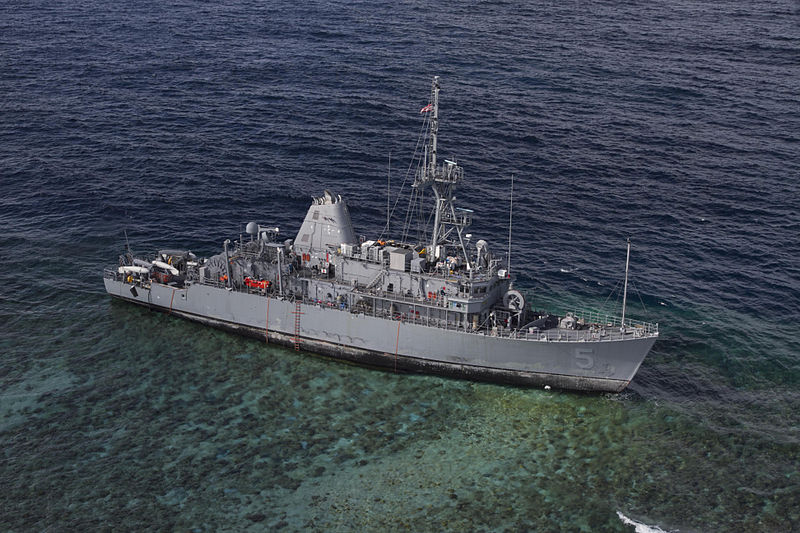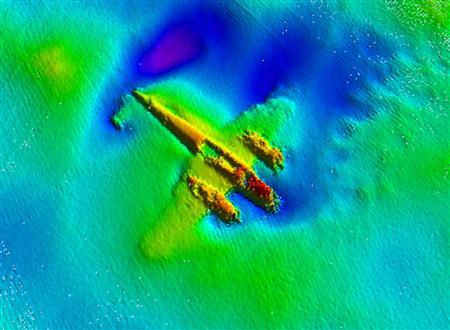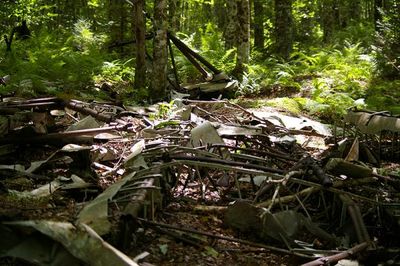In the Times of India, Rajat Pandit reviews the state of the Indian Navy’s submarine fleet:
Is India’s aging fleet of conventional submarines threatening to go the MiG-21 way? The Tejas light combat aircraft (LCA), already 30 years in the making, was slated to replace the obsolete MiG-21 in the 1990s but is still at least two years away from becoming fully-operational.
Similarly, the Navy too was to induct 12 new diesel-electric submarines by last year, with another dozen to follow in the 2012-2030 timeframe. This was the 30-year submarine building plan approved by the Cabinet Committee on Security (CCS) way back in July, 1999. But the Navy has not inducted even one of the 24 planned submarines till now, and is forced to soldier on with just 14 aging conventional vessels.
“The Navy is steadily modernizing in the surface warship and aircraft arenas. But our aging and depleting underwater combat arm is a big worry. But it also must be kept in mind that INS Sindhurakshak‘s accident is the first such incident we have had in over four decades of operating submarines,” said a senior officer.
Sources said INS Sindhurakshak, after Wednesday’s accident, is “a clear write-off”. Of the 13 submarines left now, as many as 11 are over 20 years old. The setback comes when China and Pakistan are systematically bolstering their underwater combat capabilities, with the former being armed with over 55 submarines.
Update: MarineLink reports on the investigation into the INS Sindhurakshak explosion.
The Indian Navy diving teams have been working nonstop to reach into the compartments of the submarine since rescue operations commenced early noon of August 14. The boiling waters inside the submarine prevented any entry until noon that day. Access to the inner compartments of the submarine was made almost impossible due to jammed doors and hatches, distorted ladders, oily and muddy waters inside the submerged submarine resulting in total darkness and nil visibility within the submarine even with high power underwater lamps. Distorted and twisted metal within very restricted space due extensive internal damage caused by the explosion further worsened conditions for the divers. This resulted in very slow and labored progress. Only one diver could work at a time to clear the path to gain access. After 36 hours of continuous diving effort in these conditions, Navy divers have finally reached the second compartment behind the conning tower in the early hours of August 16.
Three bodies have been located and extricated from the submarine from this compartment. The bodies are severely disfigured and not identifiable due to severe burns. The bodies have been sent to INHS Asvini, the naval hospital, for possible DNA identification which is likely to take some more time.
The state of these two bodies and conditions within the submarine leads to firm conclusion that finding any surviving personnel within the submarine is unlikely.






